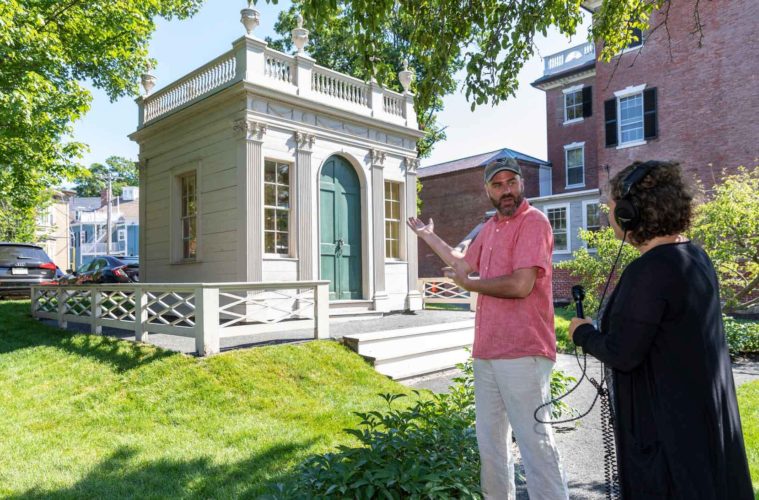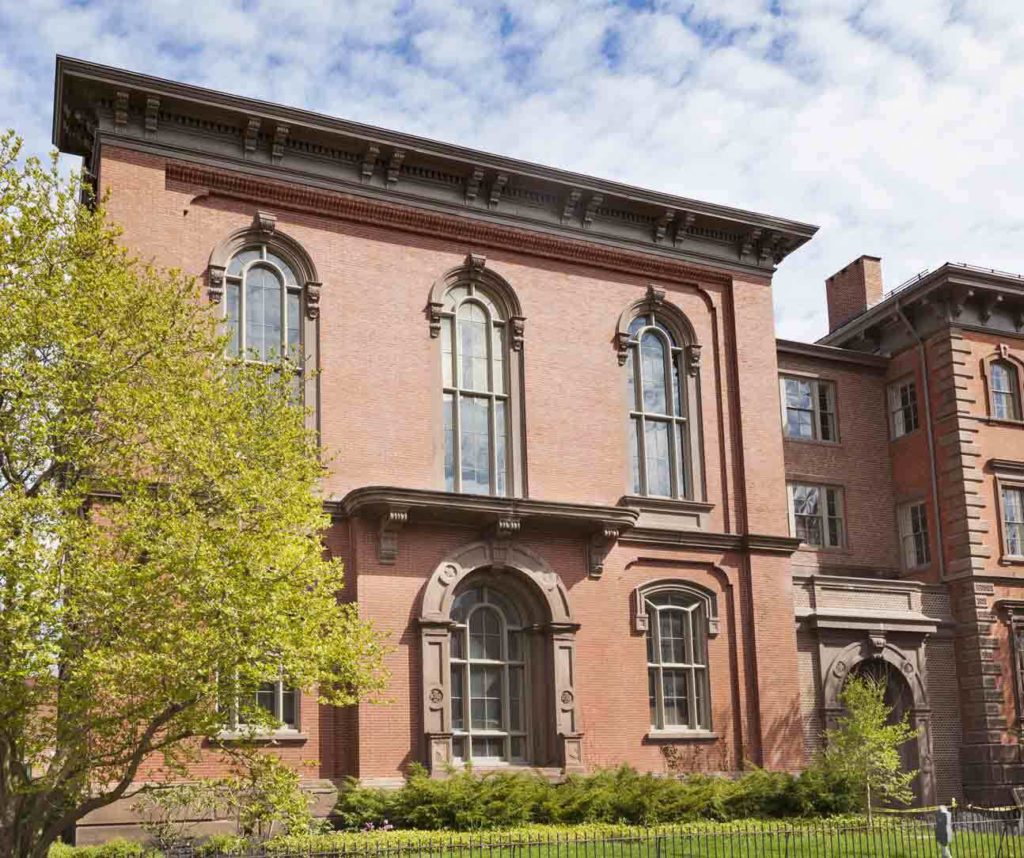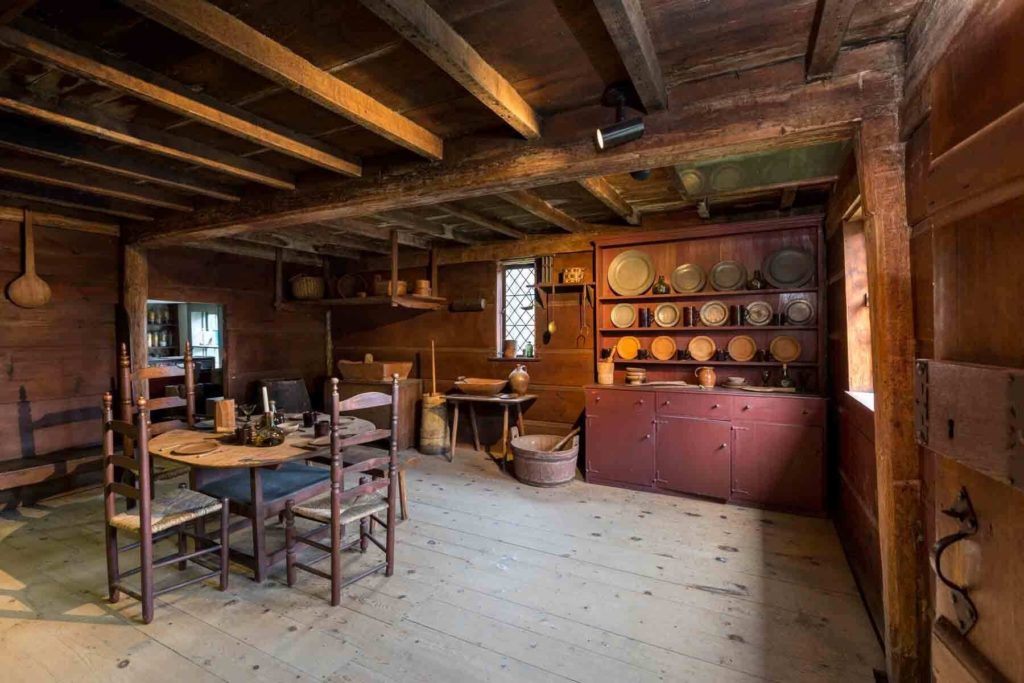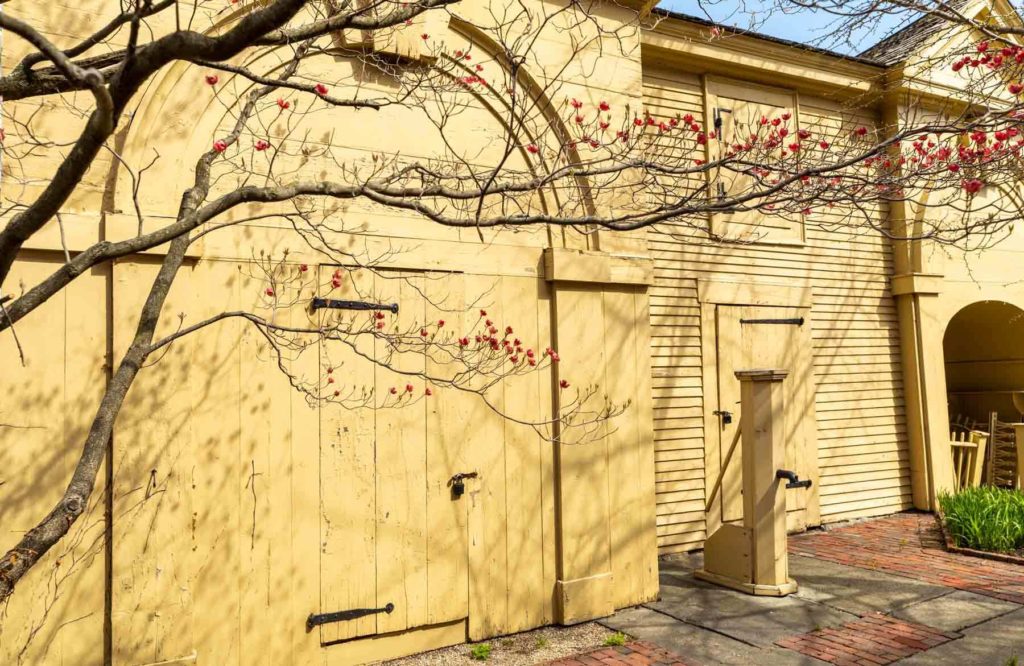October may be over, but there are still plenty of reasons to explore Salem, particularly the Peabody Essex Museum’s new audio postcard series PEM Walks.
Salem has a uniquely rich architectural heritage. Every major American architectural style is represented within its borders. PEM’s campus includes three city blocks and several off-site properties where you will find a unique collection of buildings, gardens and architectural fragments spanning three centuries. Four of PEM’s historic structures have been designated National Historic Landmarks and another six structures are listed on the National Register of Historic Places.
PEM Walks aims to enrich visitors’ experience of these properties by sharing brief narrations that offer insight into the history, stories, and significance of each spot. Each audio clip is hosted by museum content producer Dinah Cardin and Steven Mallory, PEM’s manager of historic structures. To access the narration, visitors simply use their phone or other device to scan a QR code posted on a sign in front of each property.
The properties featured include houses built in the 17th century displaying the earliest architectural styles found in New England. Visitors can learn about the Crowninshield-Bentley House’s connection to slavery and how one of its residents kept a diary that is still used today to learn more about climate change, or hear tales of the lifestyles of Salem’s wealth maritime merchants. One clip follows a hip-hop group as it writes and record new music inside Plummer Hall, built in the mid-1800s to be the headquarters of the Salem Athenaeum.
The project, which began production last spring, so far includes nine audio postcards are available featuring the Samuel Pickman House, John Ward House, Crowninshield-Bentley House, Gardner-Pingree House, Ropes Mansion, Essex Block neighborhood, Plummer Hall, Daniel Bray House, and Peirce-Nichols House. A few more segments are expected in coming months.
Visit pem.org for more information about the museum and its historic properties.




